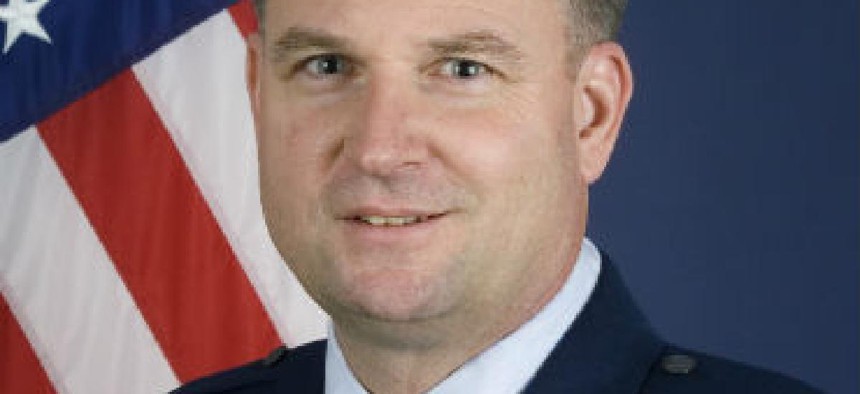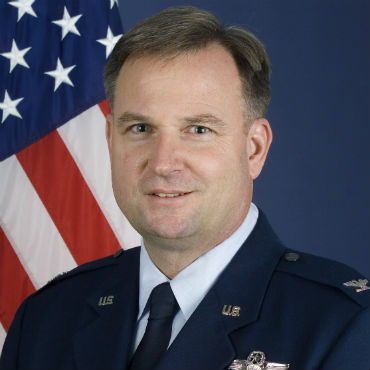Pentagon IT service consolidation nears the finish line

The Pentagon's joint IT service is borrowing cultural elements often associated with social media companies to advance its IT modernization push, but not without resistance.

The Pentagon is borrowing cultural elements often associated with social media companies to advance its IT modernization push. However, those changes are not a universally welcome adjustment.
In May 2015, Deputy Defense Secretary Robert Work mandated the creation of a joint IT service provider, an IT modernization program that merged two legacy organizations.
"That wasn't a happy merger….There was a lot of culture to be overcome," said Air Force Brig. Gen. Dravis, who heads the program as the Defense Information Systems Agency's Joint Information Environment Technical Synchronization Office.
Dravis said a significant driver in the consolidation was the Pentagon's desire to "get beyond the organizational boundaries," and use Silicon Valley principles to overcome cultural resistance.
"We do things in an old-fashioned, labor-intensive, slow, methodical approach that is greatly outpaced by our adversaries," he said. "There are areas of risk you have to just assume, and embracing the technology and autonomy sensors and capabilities" would lead to stronger cyber defenses.
Although resistance has not completely dissolved, Dravis told FCW he was confident the Joint Service Provider (JPS) will be "fully operational" by the end of fiscal year 2017, and is encouraged by its early successes.
"We look at data daily to see how we've done the preceding 24 hours," he said.
And in addition to streamlining old systems and improving security, the JSP's "other cornerstone is savings," Dravis said. "We were assigned a target of $14 million. We delivered $30.7 million… And so we were able to repurpose those savings into modernization for folks to make the organization leaner and make the infrastructure more modern and up to date."
Despite exceeding early expectations, the JSP's development has encountered real difficulties as well.
As part of consolidating the organizations, Dravis said, DOD had to physically transfer and organize over 500 people based on their work.
And while the JSP has eroded some of the cultural barriers, "never underestimate the power of the status quo," said Dravis. He added, however, that "a lot of barriers that I saw three years ago have really softened."
Dravis said that the growth rates of the data collected by the DOD are "quite frankly not sustainable," due to department budgetary restraints. "That's part of the legacy approach that we've had to campaign to break inside the Joint Service Provider and the Pentagon," he continued.
Over the next 12 months, Dravis said, there are plenty of administrative and infrastructure modernization tasks still left to tackle, including the department-wide upgrade to Windows 10.
Dravis said the deployment of Windows 10 is on a schedule similar to the JSP rollout, and due to the tens of thousands of devices in need of transitioning to the new system, "that's going to be to a challenge… that's a pretty ambitious timeline."
NEXT STORY: Treasury looking for bureau CIO


